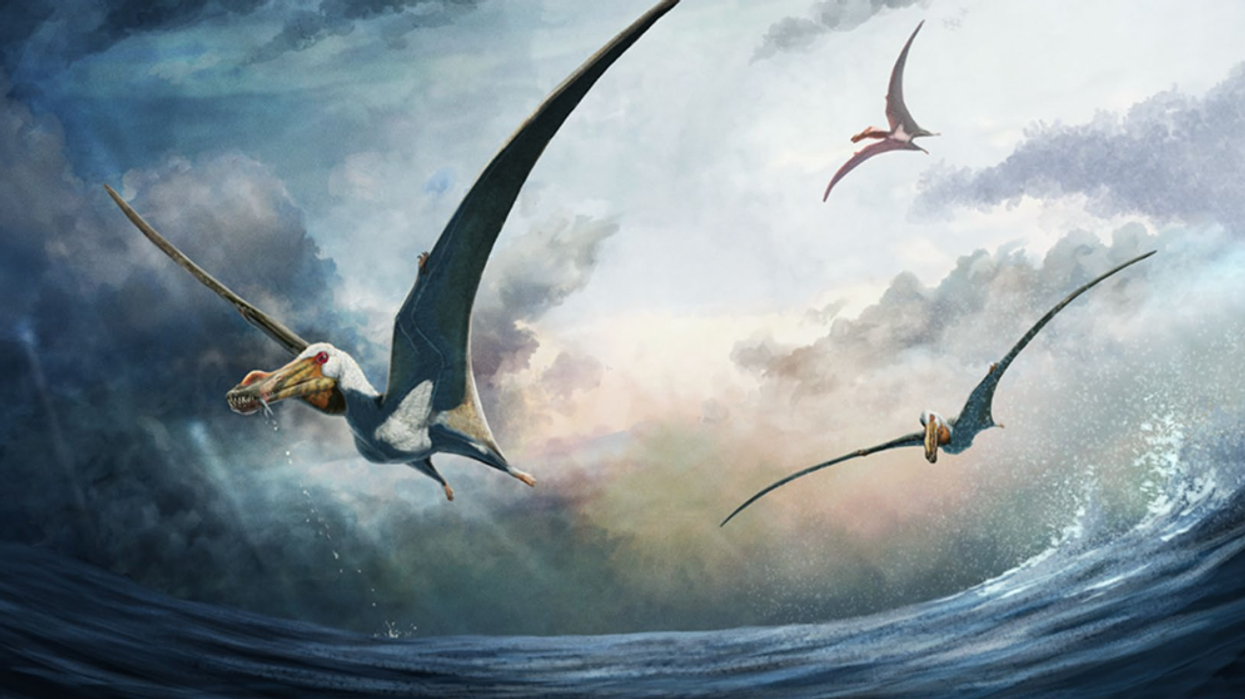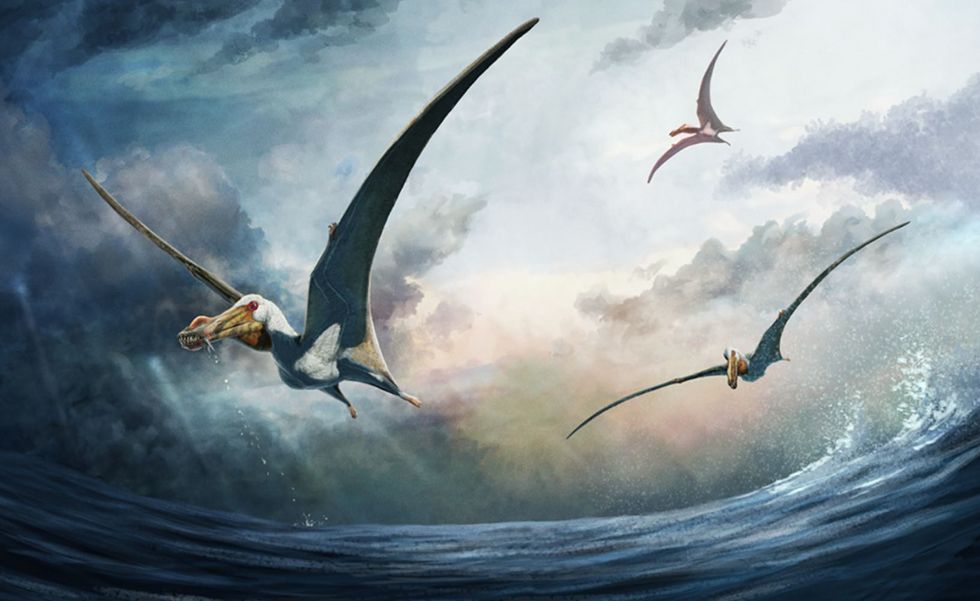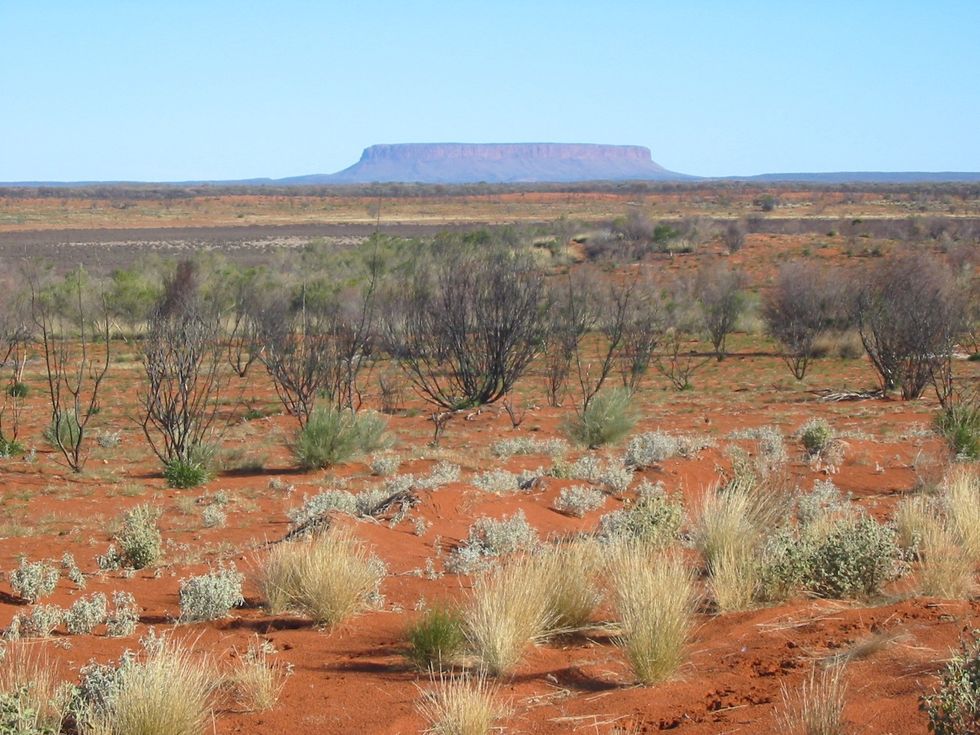Avocado farmer discovers new species of 'flying dinosaur' in Australian outback

Life reconstruction of Haliskia peterseni
|Gabriel Ugueto

Given the scientific name Haliskia peterseni, the reptile had a wingspan of a small aircraft
Don't Miss
Most Read
An Australian avocado farmer has discovered the ancient bones of a new species of “flying dinosaur” in the outback.
Kevin Petersen, who also has a deep interest in palaeontology, found the fossilised remains of a prehistoric reptile that lived along the dinosaurs and has a wingspan of a small aircraft in 2021.
Now, scientists have announced that the bones found in Queensland belong to a species that lived over 100 million years ago.
Petersen discovered the bones whilst searching in the very same fossil-rich area where a 100-million-year-old pliosaur, an aquatic carnivorous reptile, was discovered in 1989.
 Life reconstruction of Haliskia peterseni | Gabriel Ugueto
Life reconstruction of Haliskia peterseni | Gabriel Ugueto“I was checking another fossil and walking back to the car when I noticed bones sticking out of the ground,” Petersen said.
“I instantly knew what it was. Pterosaur bones are super-rare and distinctive.”
He said that after cleaning around the remains, he discovered that there were multiple bones and it was at this point that he “realised it was something pretty special”.
The skeleton is 22 per cent complete and its wingspan measures at 2.6 metres.
LATEST DEVELOPMENTS:
The new species has been given the scientific name of Haliskia peterseni by researchers at Curtin University, Western Australia, who formally identified the bones.
They have identified it as an anhanguera, a pterosaur that lived all over the world, based on its teeth and the shape of its shoulder bone.
They inhibited regions that are now modern-day Brazil, England, Morocco, China, Spain, and the United States.

Petersen discovered the remains whilst walking through the outback
|Wikimedia Commons
“With a wingspan of approximately 4.6 meters, Haliskia would have been a fearsome predator around 100 million years ago when much of central western Queensland was under water, covered by a vast inland sea and globally positioned about where Victoria’s southern coastline is today,” lead scientist Adele Pentland said.
“This discovery is an exciting boost for science, education, and regional tourism. I’m thrilled that my discovery is a new species, as my passion lies in helping shape our modern knowledge of prehistoric species,” Petersen added.
Pterosaurs were the first animals after insects to use their wings to fly. They then evolved into dozens of species.
The species died out 66 million years ago, during the sudden mass extinction of three-quarters of the planet. They left no descendants.










